I bought a string of lights made of white LEDs (SÄRDAL by that famous Swedish company) that doesn't have an on-off switch. The AC/DC converter directly plugs into the mains (220V) and I wanted to add a switch to turn it off without having to unplug it.
I bought a very simple switch from the hardware store and installed it on the leads that make up the string of lights, after the adapter since this was my only option. There are two leads on the string, and they run on 24VDC.
The switch is made so that one of the leads is interrupted mechanically when in "off" state, but the other lead is directly connected from one end to the other end of the switch by a strip of copper.
I thought this should be enough to interrupt the circuit and turn the LEDs off, which is mostly does, except some of the LEDs still light up very faintly in the "off" state.
When in the off state, I measure a very slight negative DC voltage between the two leads with my multimeter (as opposed to positive 24V when on).
Why is that? I thought it might be due to the two leads being twisted in a double helix way along the length of the string of lights, acting as inductors? Or maybe the electrical insulation between the two leads is not thick enough?
I tried connecting the negative lead to the terminals within the switch that are directly connected together (and the V+ wire on the interrupted side), as well as connecting the V+ lead to those and interrupting the negative wire, but both options still produce a faint light.
Thanks.
EDIT: this might not be important, but the LEDs are connected in parallel (I think), since there are 3 leads between any two LEDs, even though only two leads come out of the adapter.

